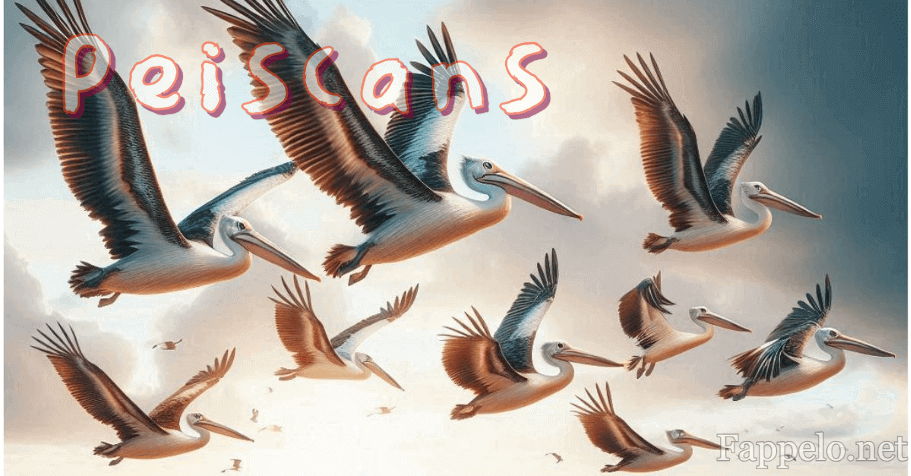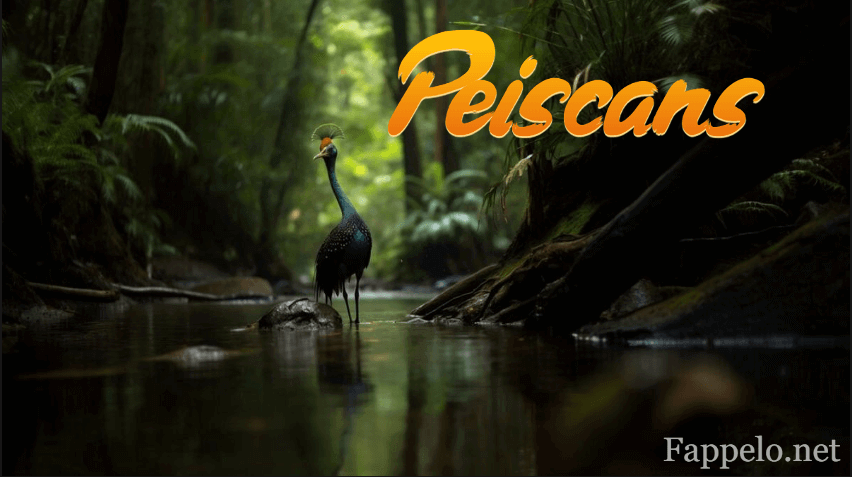Introduction
Peiscans are essential to the complex and delicate ecosystems that make up coastal regions.
By serving as both environmental caretakers and biological support systems, Peiscans sustain the biodiversity and stability necessary for coastal habitats.
Their presence enables these ecosystems to remain resilient, adapting to seasonal changes and withstanding human impact.
What Are Peiscans?

Peiscans encompass a diverse range of marine organisms, from shellfish and algae to specific fish species, which inhabit intertidal zones, reefs, and seagrass beds.
They contribute to the ecosystem by playing unique roles in food webs, nutrient cycles, and habitat formation.
Each Peiscan species has a distinct function that, together, supports the overall health and productivity of coastal zones.
Why Peiscans Matter in Today’s Changing Environment
In an era of rapid environmental degradation, Peiscans serve as critical allies in the fight against habitat loss and climate disruption. Their ability to restore balance in delicate marine systems makes them a focus for sustainable development efforts. With coastal communities relying on healthy ecosystems for food, tourism, and protection, maintaining Peiscan populations isn’t just ecological—it’s economic.
How Peiscans Contribute to Biodiversity?
Peiscans support biodiversity in several ways. They provide food, shelter, and breeding grounds for a variety of marine life.
Their roles range from filter feeders that keep water clean to reef-building species that form natural structures, creating safe havens for young fish and marine invertebrates.
Peiscans and Habitat Formation
Certain Peiscans, like oyster species, form reefs that act as natural barriers against coastal erosion.
These reefs reduce wave energy, protecting shorelines and preventing sand loss. By creating these physical structures, Peiscans offer a living foundation for other species, enriching the habitat and increasing the coastal area’s resilience to storms and rising sea levels.
Role in Maintaining Genetic Diversity
Beyond physical habitat support, Peiscans contribute to genetic diversity by supporting cross-breeding opportunities among species in shared environments. This genetic diversity strengthens marine species’ resilience against diseases and environmental stressors, contributing to the long-term survival of coastal life forms.
The Impact of Peiscans on Nutrient Cycling
Peiscans play an invaluable role in nutrient cycling. Filter feeders, such as clams and mussels, process large volumes of water, removing impurities and filtering out pollutants.
By doing so, they reduce nitrogen levels and prevent algal blooms that deplete oxygen in the water, which can have devastating effects on fish populations.
This nutrient balancing is a natural process that enhances water quality, supporting other organisms that rely on clean and oxygenated water.
Peiscans in Carbon Sequestration and Climate Mitigation
Some Peiscan-associated ecosystems, such as seagrass beds and mangroves, are known as “blue carbon” habitats. These areas capture and store significant amounts of carbon dioxide, helping to mitigate the effects of global warming. By protecting and restoring Peiscan habitats, we actively contribute to reducing atmospheric carbon levels.
Peiscans as Indicators of Coastal Health
Peiscans are sensitive to environmental changes, making them excellent indicators of coastal health.
Declines in Peiscan populations often signal issues such as pollution, changes in water temperature, or ocean acidification.
Monitoring Peiscan health provides valuable insight into the broader ecosystem, highlighting areas that need immediate conservation attention to prevent further ecological damage.
Threats Facing Peiscans Today
Peiscans face numerous threats, and their declining numbers have far-reaching impacts on coastal ecosystems. Key threats include:
Pollution and Its Effects on Peiscans
Pollution from agricultural runoff, plastics, and industrial waste poses significant risks to Peiscans.
These pollutants not only contaminate their food but also disrupt their reproductive cycles and growth rates. Plastic pollution, particularly microplastics, can be ingested by Peiscans, leading to internal blockages, malnutrition, and increased mortality.
Climate Change and Peiscan Populations
The effects of climate change—rising temperatures, ocean acidification, and sea-level rise—impact Peiscans drastically.
Warmer waters can alter breeding patterns and force some species to migrate to cooler areas, which affects local biodiversity.
Ocean acidification, due to increased CO₂ absorption, weakens the shells of crustaceans and mollusks, threatening their survival.
How Conservation Efforts Support Peiscans?
Conservation is vital for Peiscans and the ecosystems they support. Efforts to restore Peiscan populations focus on protecting their habitats, regulating pollution, and establishing marine protected areas (MPAs).
MPAs create safe spaces where Peiscans can reproduce and grow without the pressures of fishing and pollution, allowing them to contribute fully to their ecosystems.
Restoration Projects and Artificial Reefs
In areas where natural Peiscan habitats have been lost, restoration projects create artificial reefs, mimicking the protective structures that Peiscans naturally build.
These projects offer new habitats for marine life and help to revive local biodiversity.
The Importance of Community Involvement in Conservation
Local communities play a crucial role in Peiscan conservation. Community-driven initiatives to reduce plastic waste, promote sustainable fishing practices, and monitor coastal health contribute to long-term ecosystem sustainability.
Educating the public about Peiscans and their importance can inspire protective actions that preserve these ecosystems for future generations.
Conclusion
Peiscans are fundamental to the resilience and prosperity of coastal ecosystems. Their roles in promoting biodiversity, facilitating nutrient cycles, and indicating environmental health make them indispensable guardians of our coastlines.
As the challenges facing these ecosystems grow, so too must our efforts to protect and preserve Peiscan populations.
Through conservation, responsible stewardship, and community involvement, we can ensure that Peiscans continue their vital work as the unsung heroes of coastal ecosystems.



